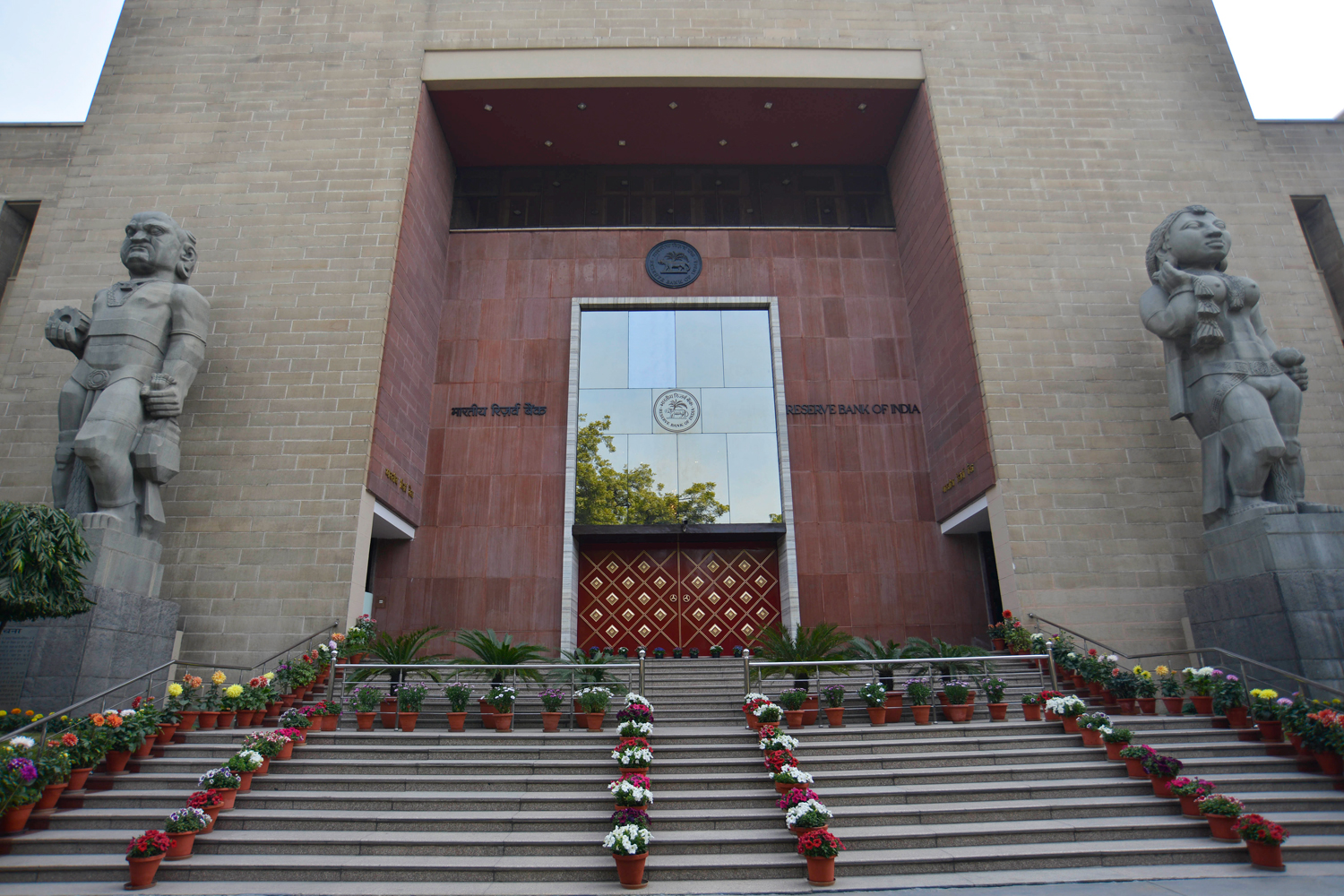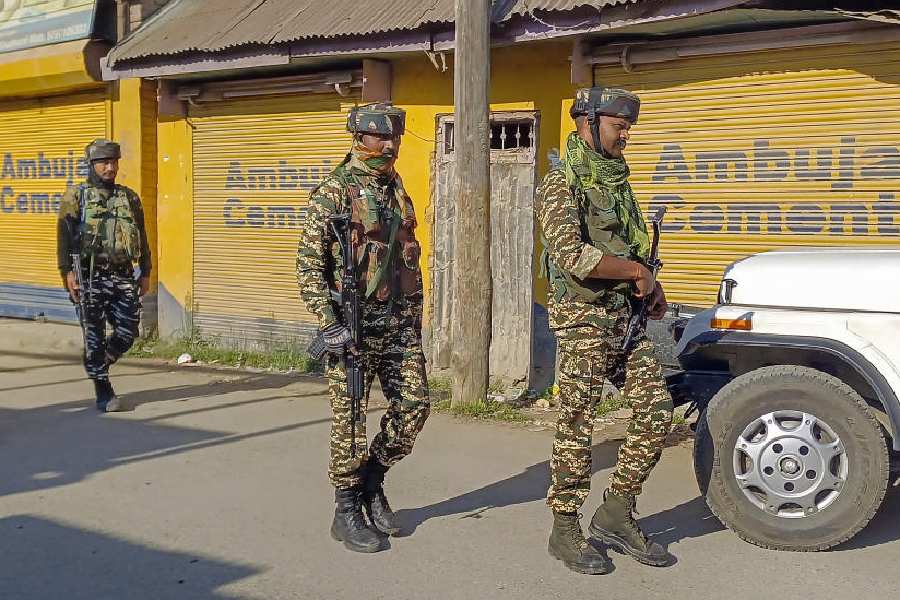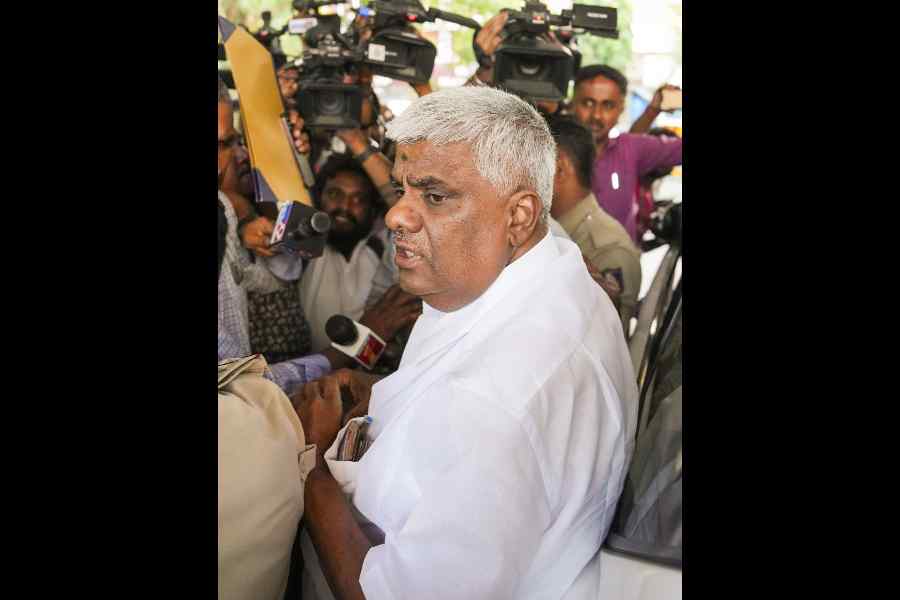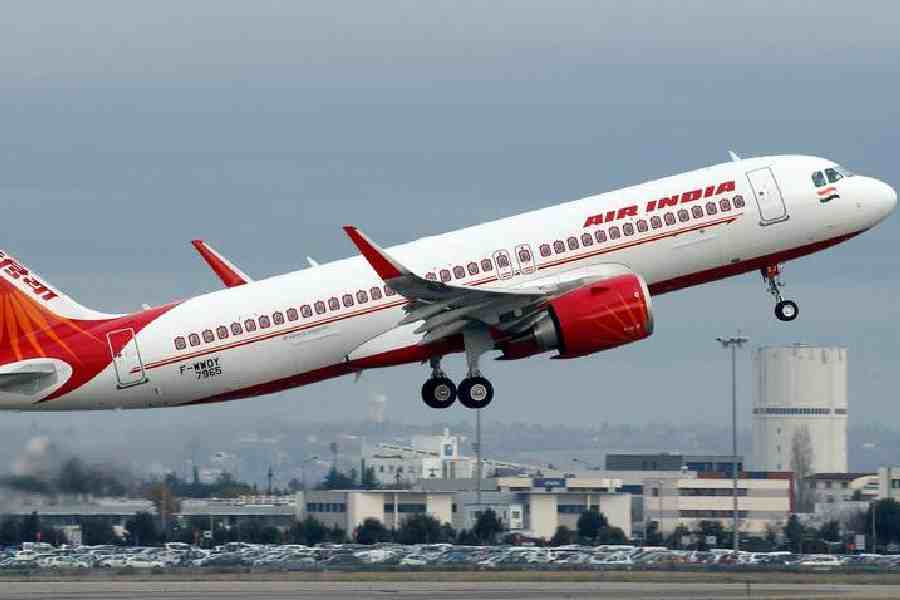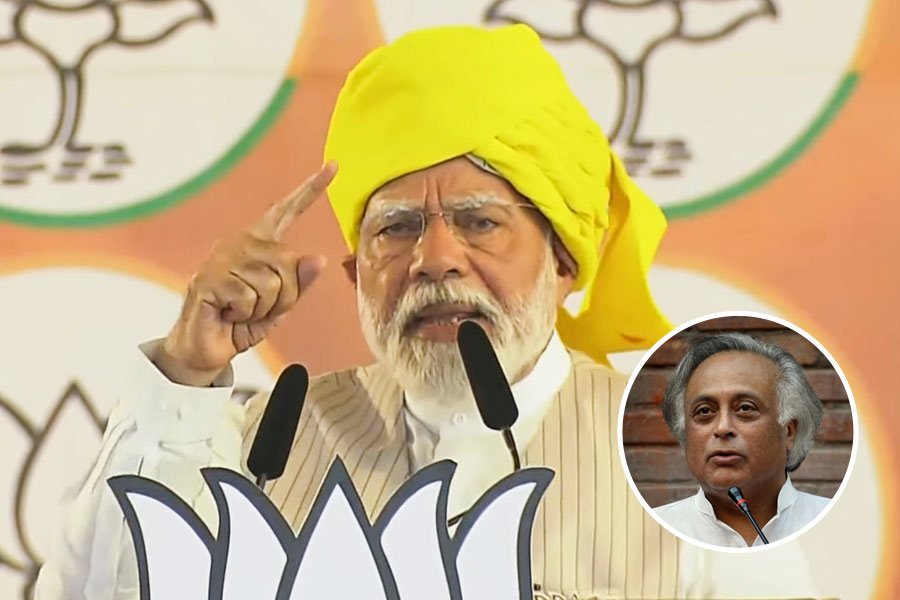The Narendra Modi government is determined to turn an illusion into reality -– and the only way it can do that is by digging deep into the coffers of the Reserve Bank of India.
Exactly two years ago, the government had shocked the nation with the demonetisation of currency worth about Rs 15.42 lakh crore, roughly 86 per cent of all notes in circulation at the time.
The exercise — whose ostensible purpose was to shake down the black money lurking in the corners of the $2.2-trillion Indian economy — was expected to yield a windfall dividend of anywhere between Rs 3 and 4 lakh crore, which was the amount the government reckoned would not come back into the banking system.
The hope was that this would translate into a windfall gain for the government. The RBI, whose liabilities would be reduced by the amount that wasn’t expected to come back in the form of deposits, was expected to transfer the sum to the government in the form of a “Demonetisation Dividend”.
This cash trove would prove handy for the government heading into an election year by doling out freebies and spending money on welfare schemes that could help it reap a harvest of votes.
Last August, bad news hit the government when the RBI affirmed in its annual report that 99.3 per cent of the demonetised notes, or Rs 15.3 lakh crore, had come back.
Soon after, the government began a war of words with the RBI as it unveiled its intention to force the central bank to fork out a sum of Rs 3.6 lakh crore — a figure within the ballpark of the illusory Demonetisation Dividend — from its equity, reserves and a contingency fund that has swelled to Rs 2.32 lakh crore.
The government’s argument is that the RBI doesn’t need such a large contingency fund, which is meant to cover unforeseen needs arising from a sudden depreciation in the value of securities and risks to monetary and exchange rate policy operations.
The RBI has assiduously built up a corpus of Rs 9.59 lakh crore (including a currency and gold revaluation account worth Rs 6.9 lakh crore) which works out to 27 per cent of its assets, worth Rs 36.17 lakh crore. The big fight between the mandarins of the finance ministry and the policymakers on Mint Street is over the issue of reducing the equity and reserves to assets ratio substantially, thereby freeing up the sum of Rs 3.6 lakh crore.
In effect, the monetary authorities are being asked to finance the fiscal burden of extra budgetary spending by the government in an election year.
“It is curious that the government is demanding a sum of money from the RBI which is similar to the one it had expected to receive from the demonetisation exercise,” said Arun Kumar, Malcolm Adiseshiah chair professor at the Institute of Social Sciences and author of the book Black Money in India.
“There was some talk at that time (2016-17) that the bonanza dividend would be used to put some money into each Jan Dhan account as a direct transfer, say about Rs 15,000 instead of the promised Rs 15 lakh for each citizen by bringing back black money from abroad. However, as we know, that never came about,” said Kumar.
The Modi government, determined to burnish its credentials as a champion of fiscal rectitude by cutting fiscal deficit to 3.3 per cent of the GDP this financial year from 3.5 per cent last year, has no real headroom for spending left.
By the end of September, it had exhausted 95.3 per cent of the target fiscal deficit of Rs 6.24 lakh crore in this year’s budget.
The fiscal deficit is usually funded out of the government’s borrowings. But the government chose to slash its borrowings from the targeted Rs 6.05 lakh crore to Rs 5.35 lakh crore, magnanimously ceding space so that banks could ramp up credit to private industry and targeted groups like farmers and small businesses.
Kumar believes that the plunder of the RBI’s coffers could be used to fund a string of welfare schemes ahead of the elections.
“With elections looming in key states and a general election early next year, the necessity for such a transfer of funds has become an imperative for the government,” Kumar said.
Some economists are, however, a bit more charitable to the Modi government. Pronab Sen, former chairman of the National Statistical Commission, said: “The only reason I can fathom for the government’s demand for such a large sum of money is that it wants to use it to recapitalise failing state-run banks.”
Many state-run banks are in dire straits with the total losses of 21 state-run banks at Rs 16,600 crore in the quarter ending March 31, 2018.
Bad debts on their books had swelled to Rs 6,16,586 crore by March 2018, leaving a splotch of red on their balance sheets. The government launched a recapitalisation programme for these banks by floating bonds but it clearly isn’t enough.
“After getting this money, if the RBI agrees, the government has to pass a supplementary demand for grants to spend it. With the numbers it has in Parliament, it can get the bill passed. However, searching questions will be asked: did it spend it on freebies or on the recapitalisation of banks?” Sen added.
But that will still not solve the problem.
Says Biswajit Dhar of Jawaharlal Nehru University: “If the government transfers money from the capital reserves and gives it to the banks as recapitalisation equity, it will reflect on its balance sheets -– and its fiscal deficit will bloat.”
“Balancing the books has become as much of a priority as fixing broken banks and winning the elections,” added Dhar.
After the demonetisation failed, the government tried to change its argument by claiming the unprecedented move had made it easier to identify black money hoarders, which is why the tax base had swelled.
But it hasn’t translated into a massive increase in tax revenues -– direct or indirect.
Government data show that gross tax revenues grew by 8.6 per cent to Rs 9.1 lakh crore in April-September this year against 19.9 per cent the previous year.
“The GST collections have been below par. Against an expected revenue collection of Rs 1 lakh crore to Rs 1.25 lakh crore a month, we have averaged Rs 90,000 crore. There is a shortfall of at least Rs 50,000 crore on the GST front alone. Other sources of income like the sale of telecom spectrum and the sale of the government’s stake in public sector units have been non-existent because of the state of the market,” added Arun Kumar.
Total income tax receipts at the end of September 2018 touched Rs 7.09 lakh crore, or 39 per cent of the budget estimates of Rs 18.17 lakh crore for the financial year.
Against a full-year target of Rs 80,000 crore, the government has sold PSU equity worth only Rs 15,289 crore through the divestment programme.

